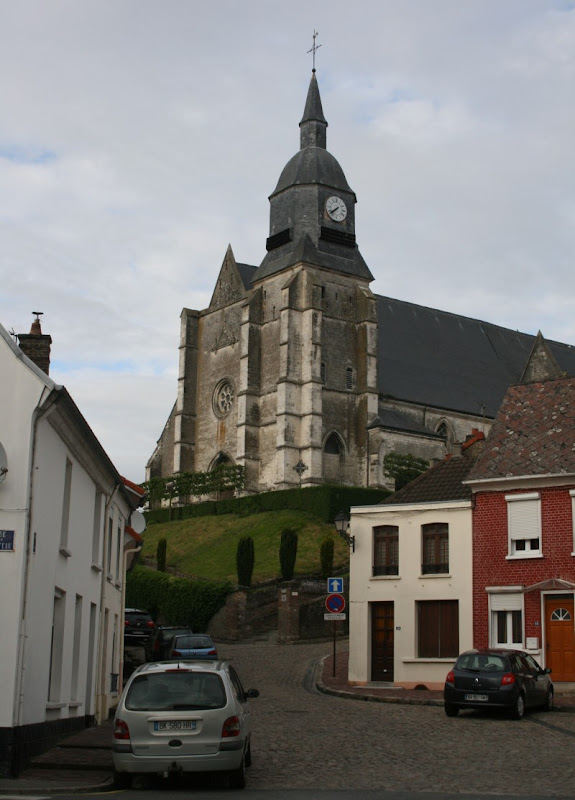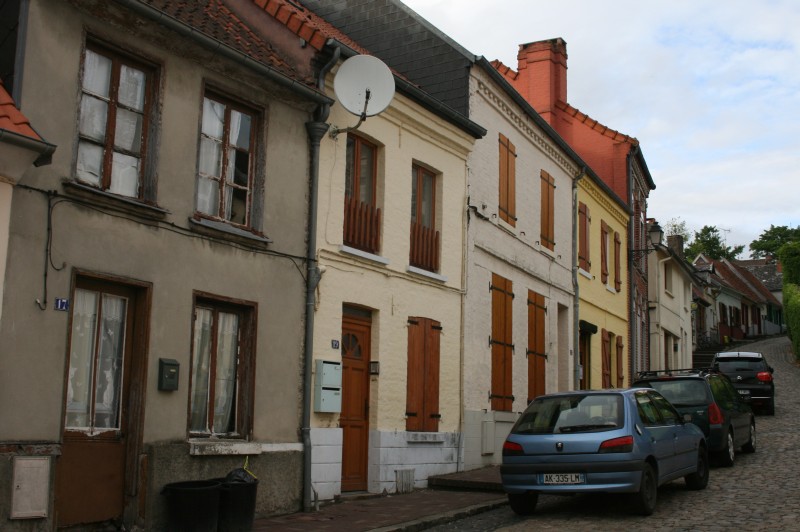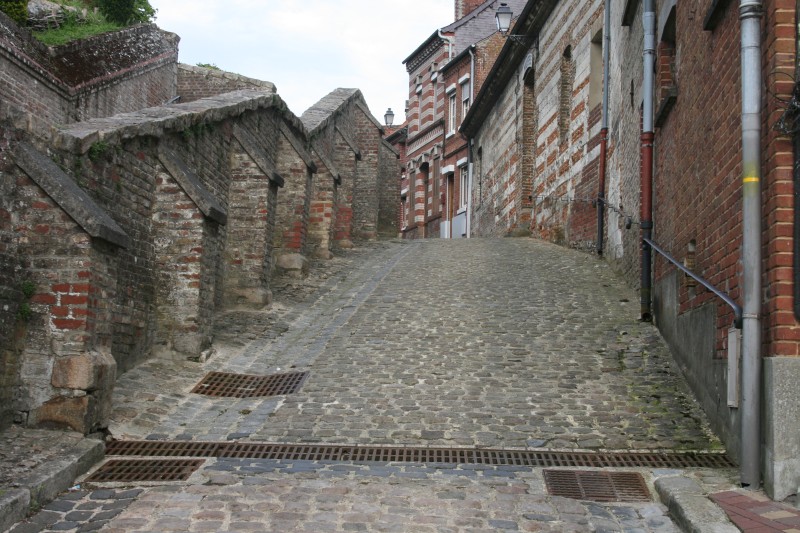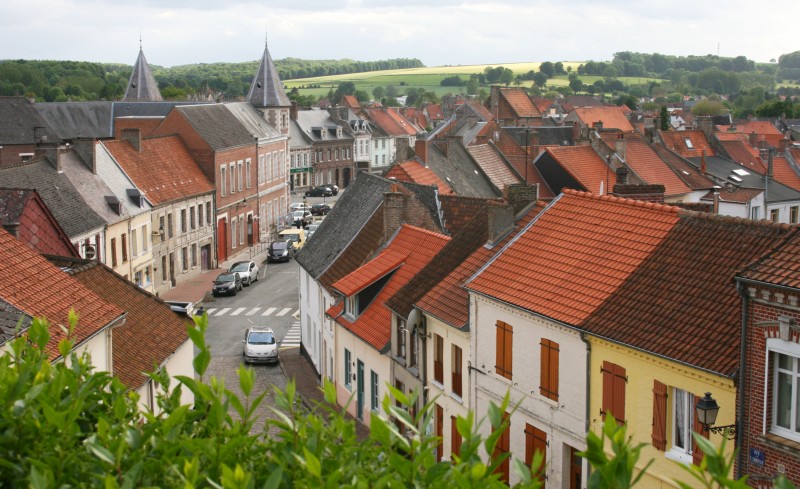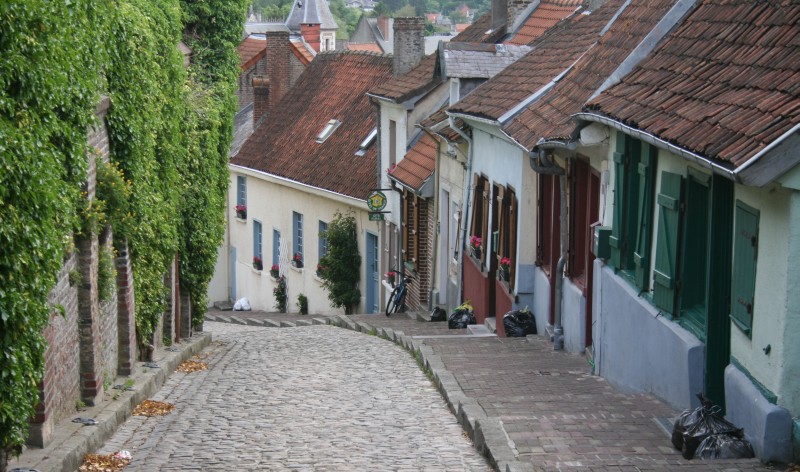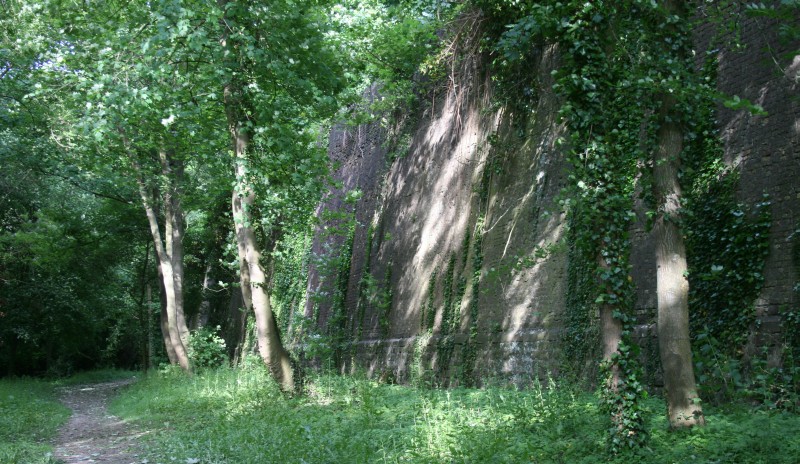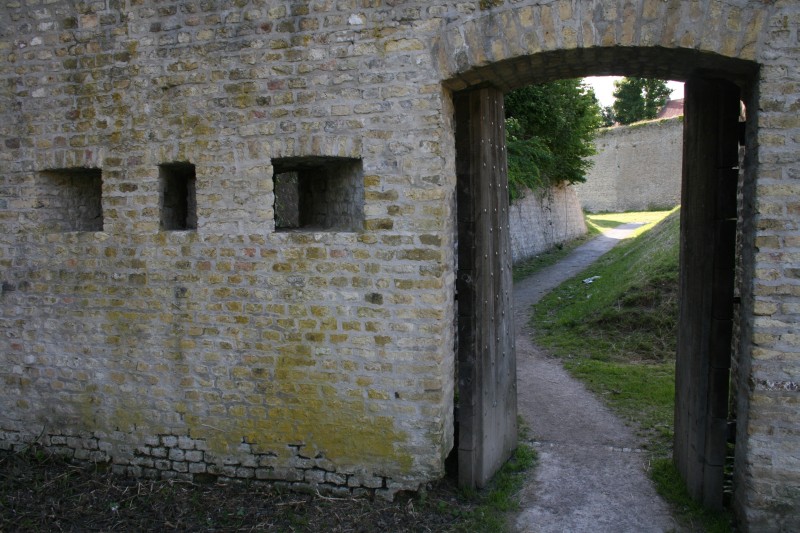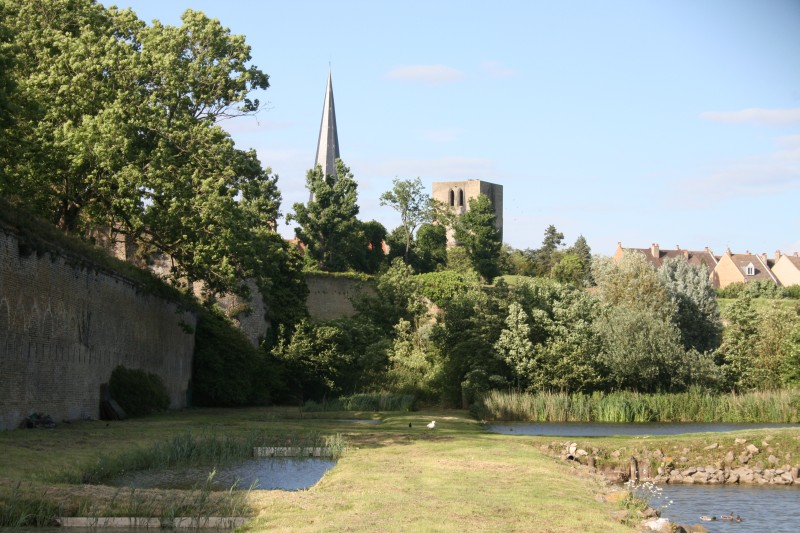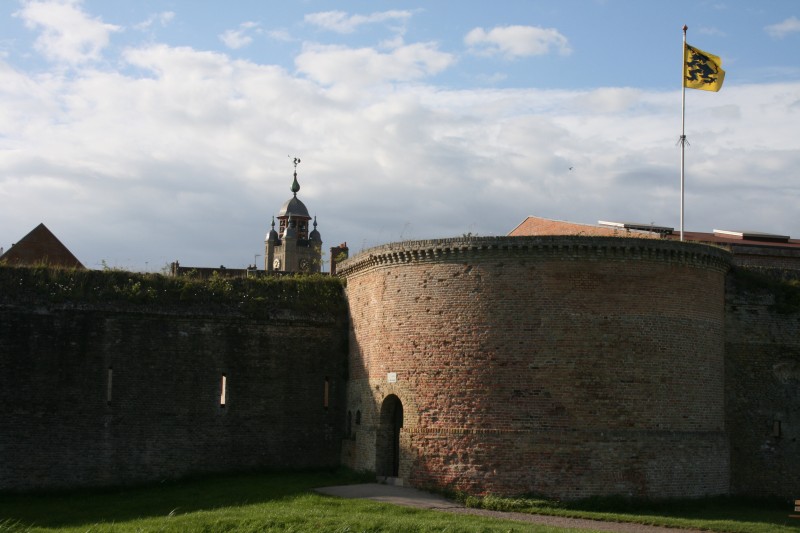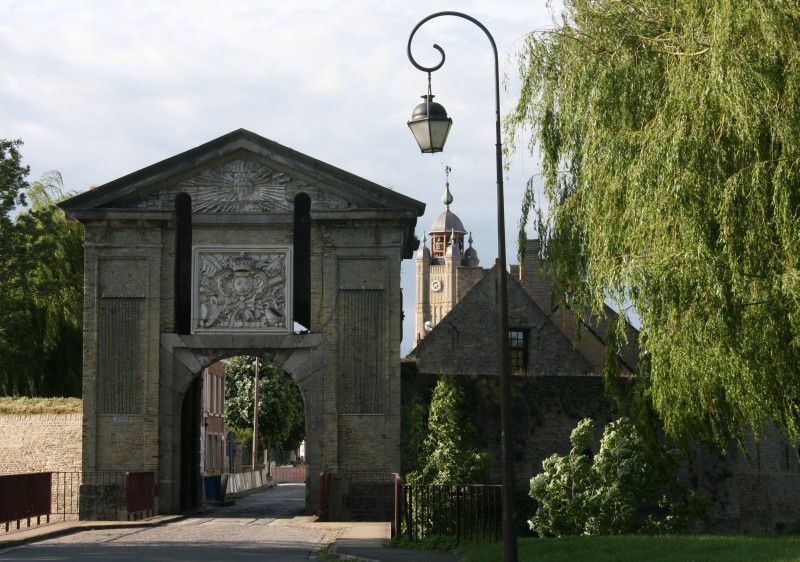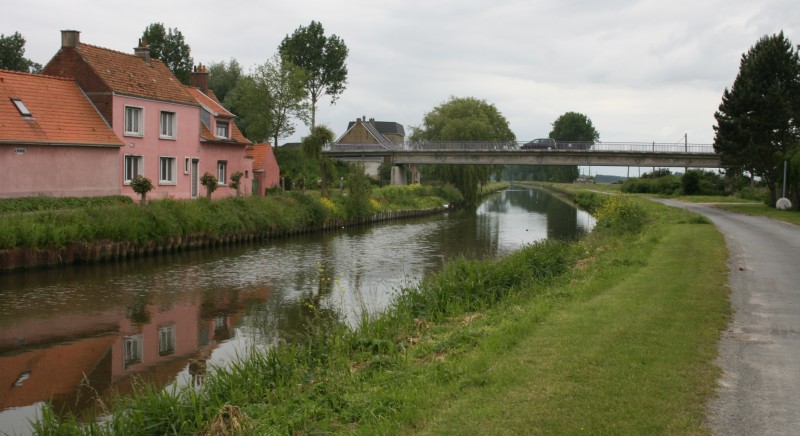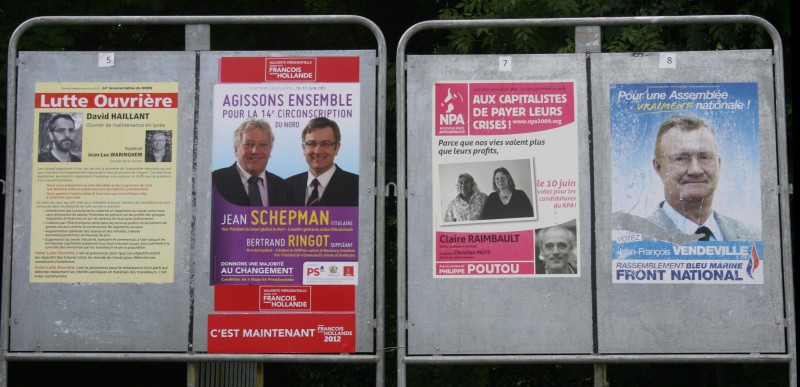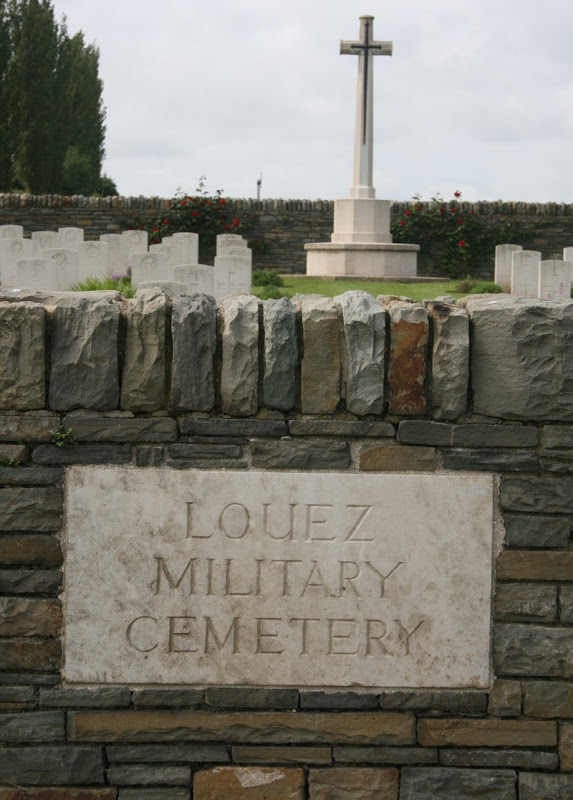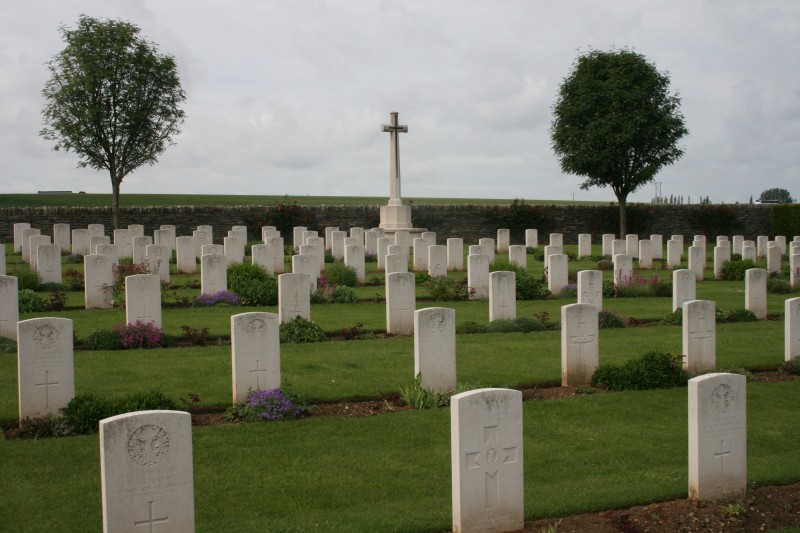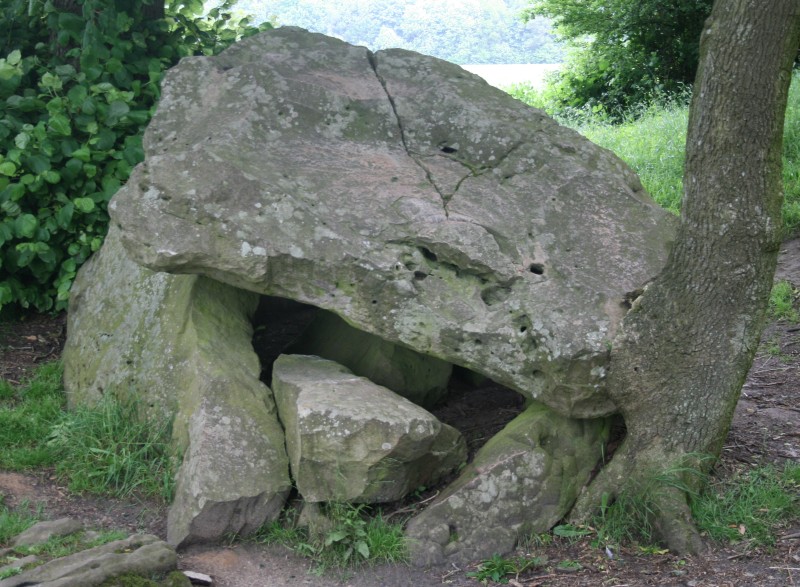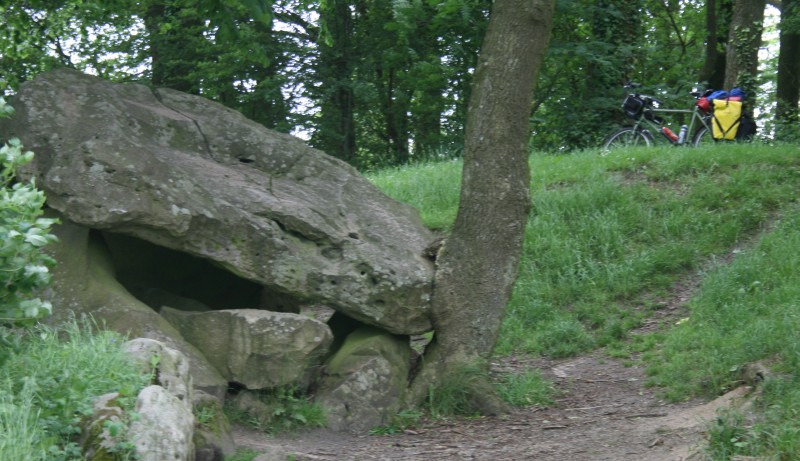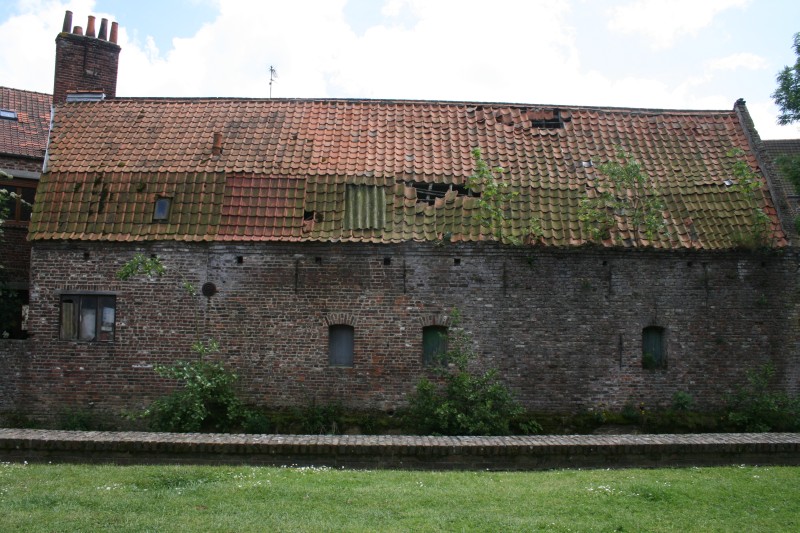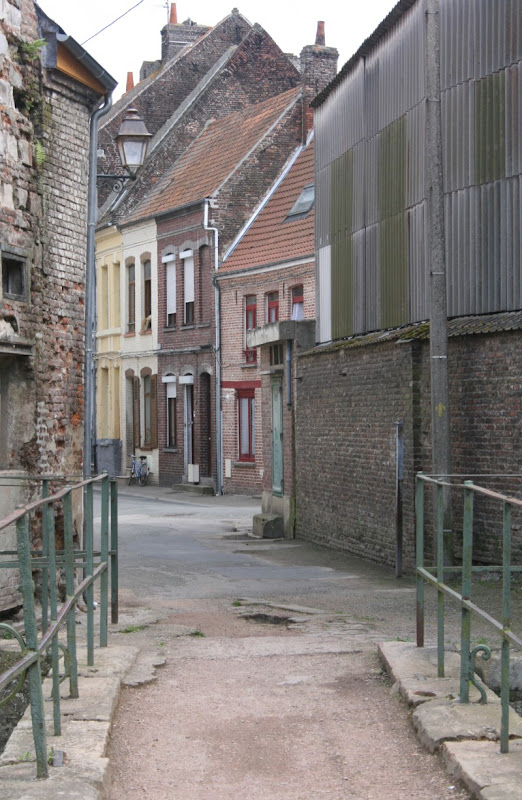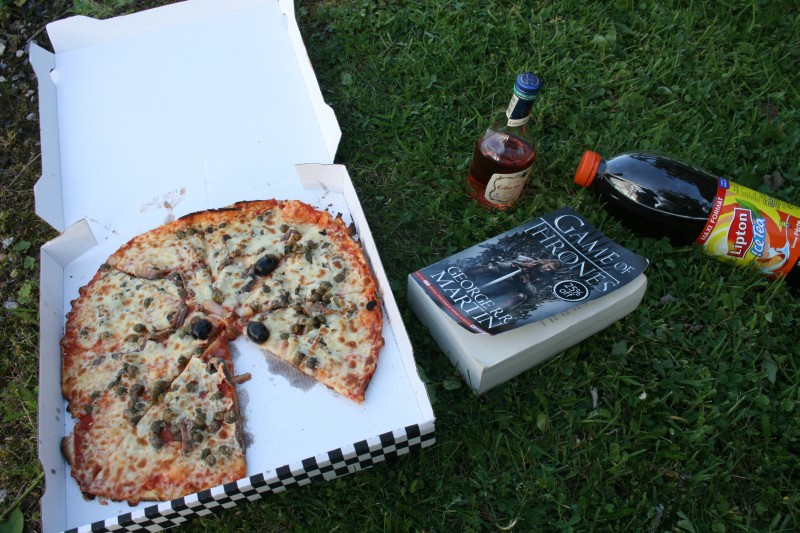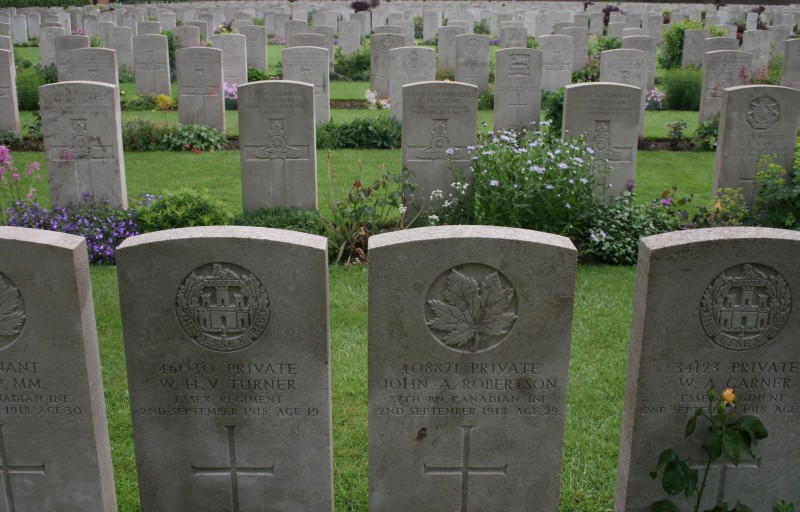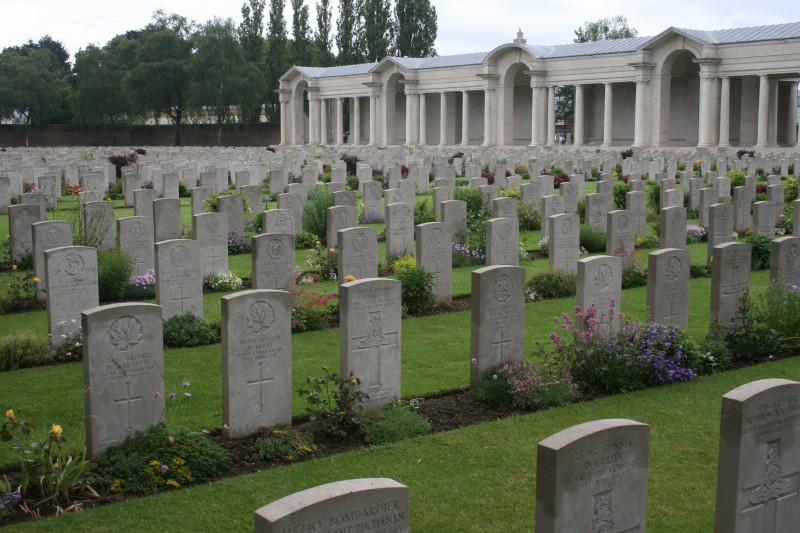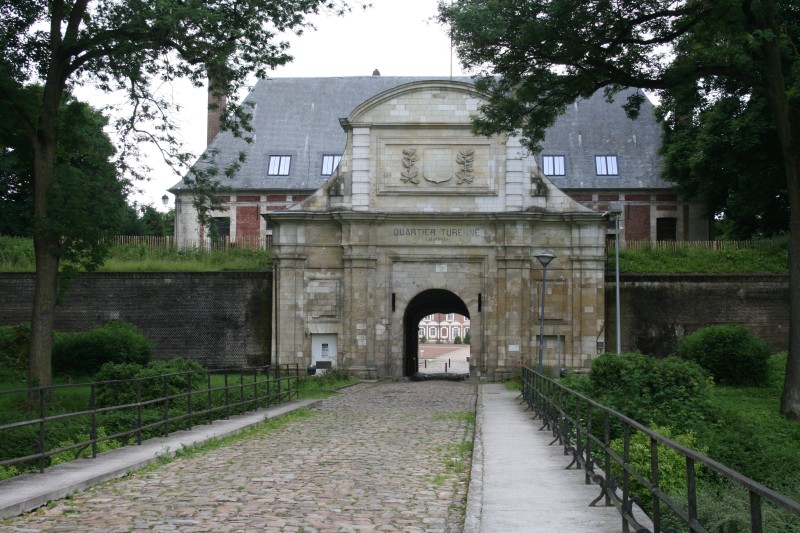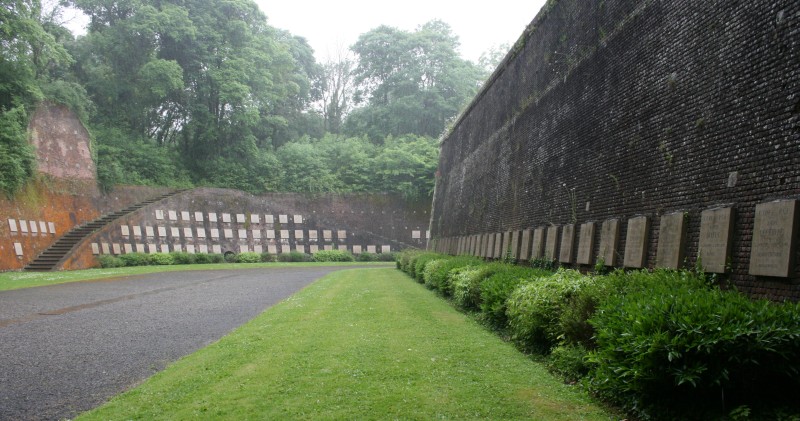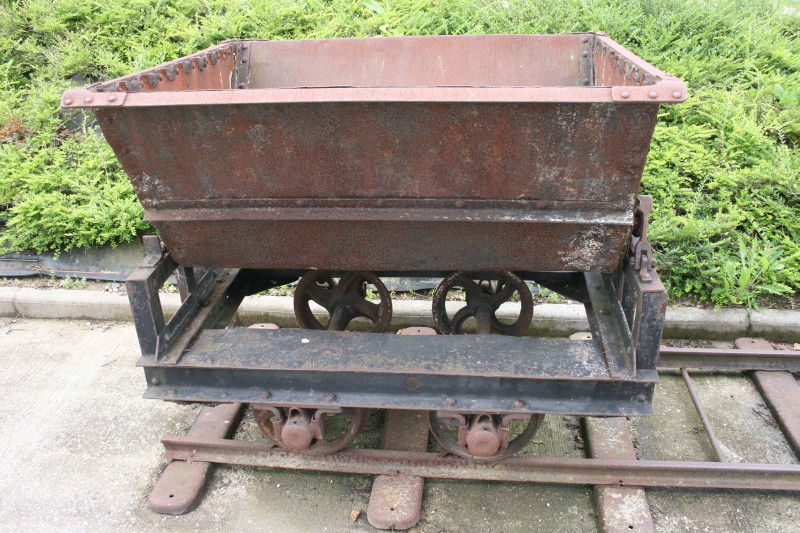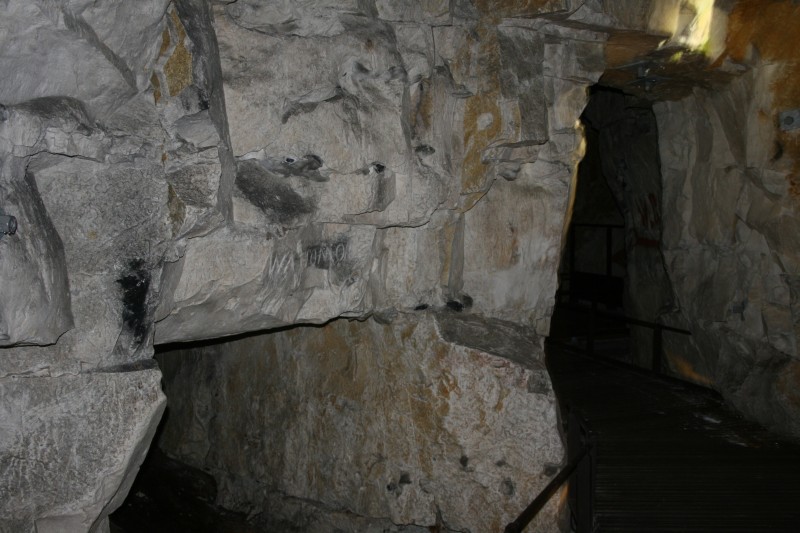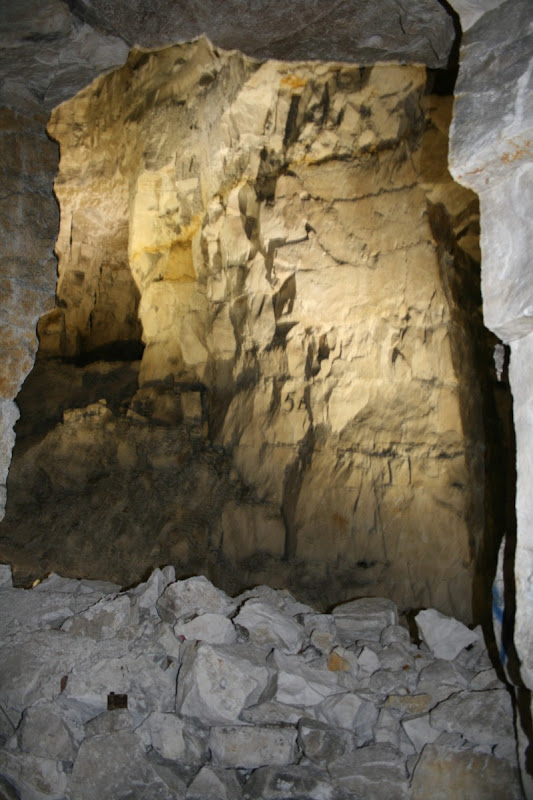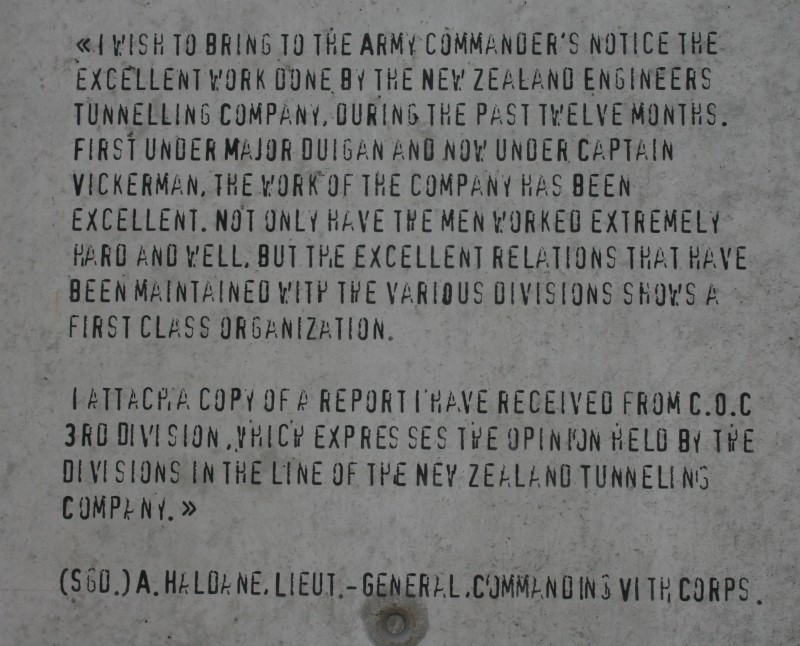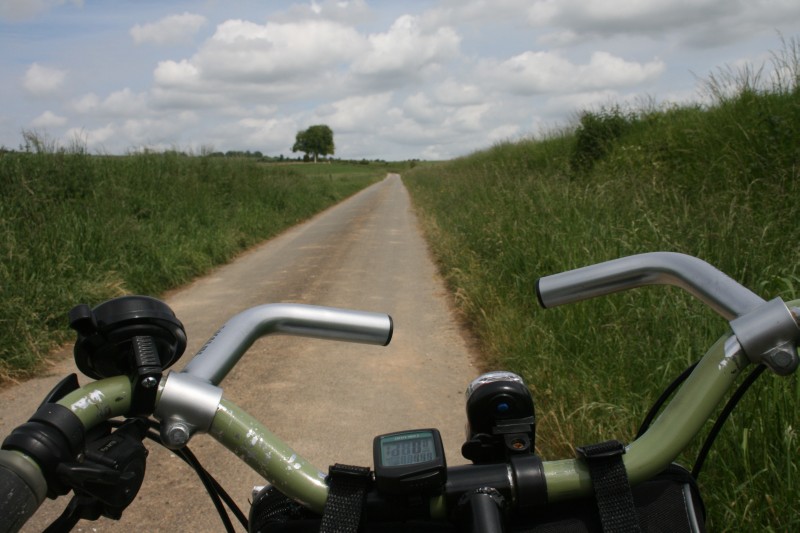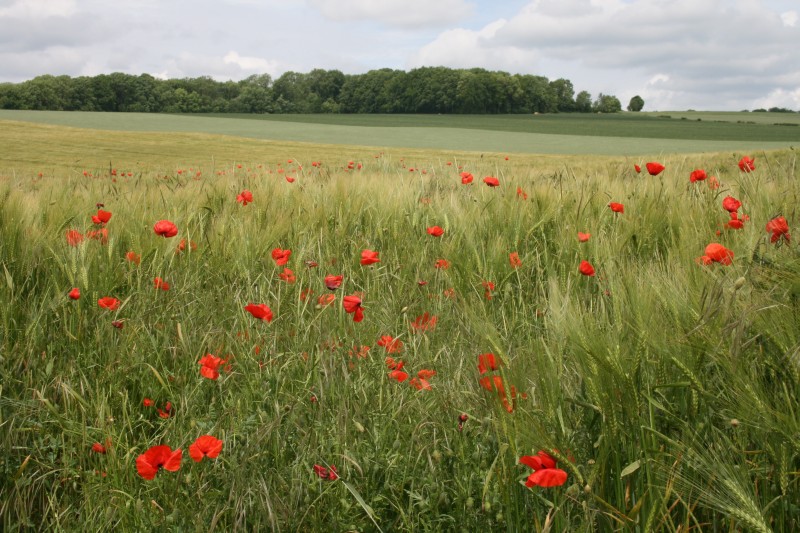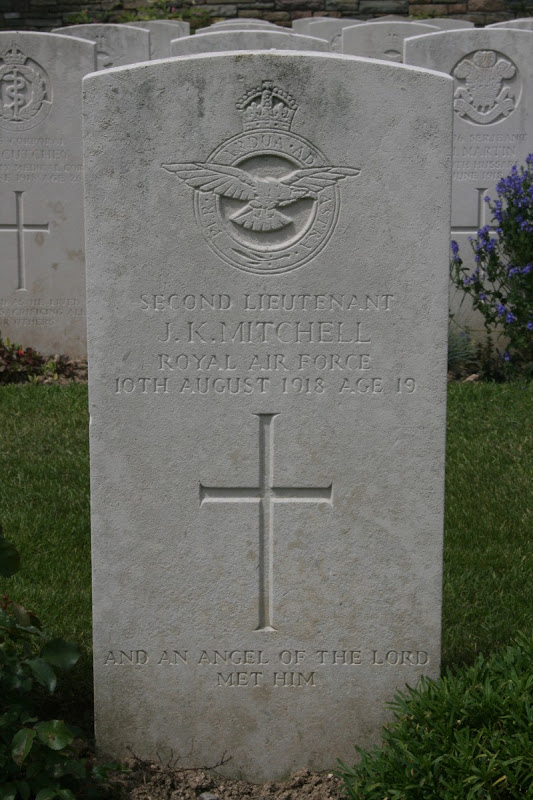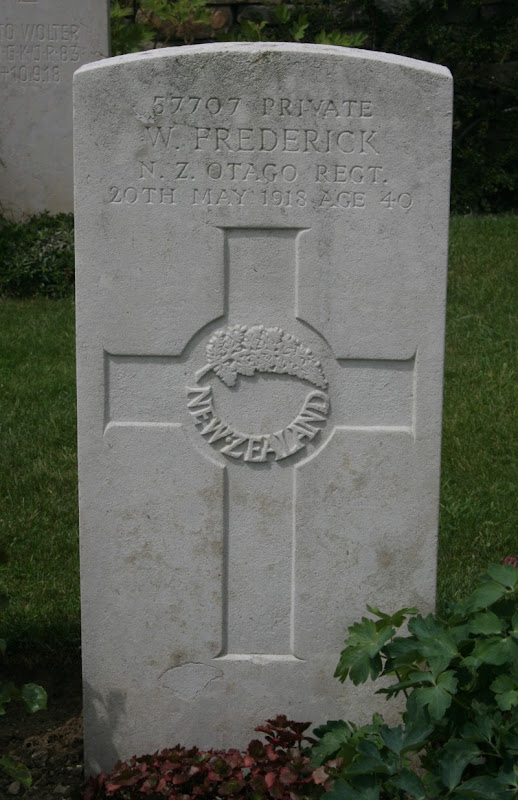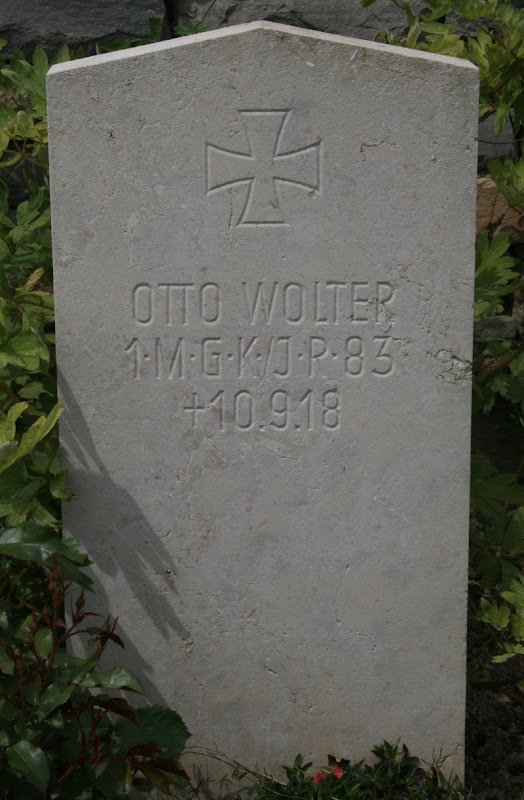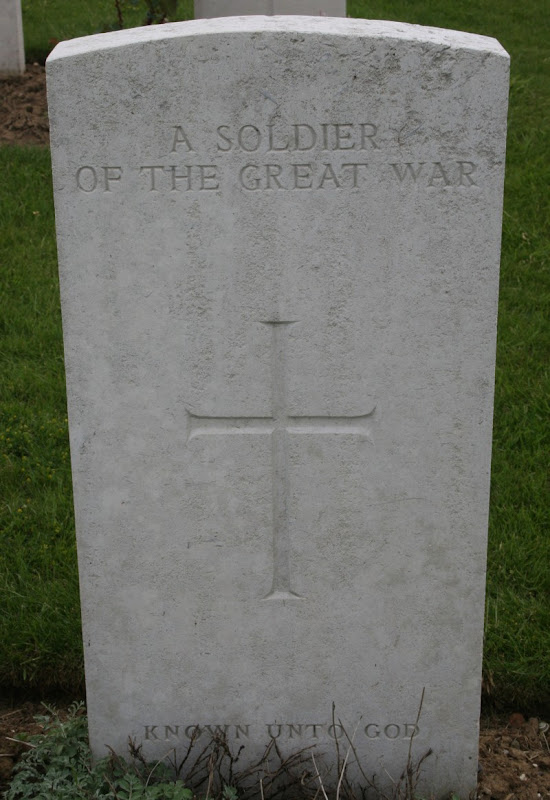In early June, I caught the European Bike Express. It is a bus that drives down England and then down through France to Spain towing a bike trailer, specifically to transport cycle tourists. My spiritual brethren!
I wanted to take it to Provence, but that would've meant spending an extra day and night on the bus, so I settled for bailing out at Calais.

My First Visit to the White Cliffs
It didn't start brilliantly. The ferry arrived in the evening and the bus drove me through Calais and out the other side to an area of motorway on-ramps before turfing me out in the twilight. I had a map of Calais, but I couldn't work out where I was. I biked back into town and eventually found my way to the hotel. It was a bit stressful.
The hotel staff were very nice, however. They let me store my bike in the breakfast lounge overnight.
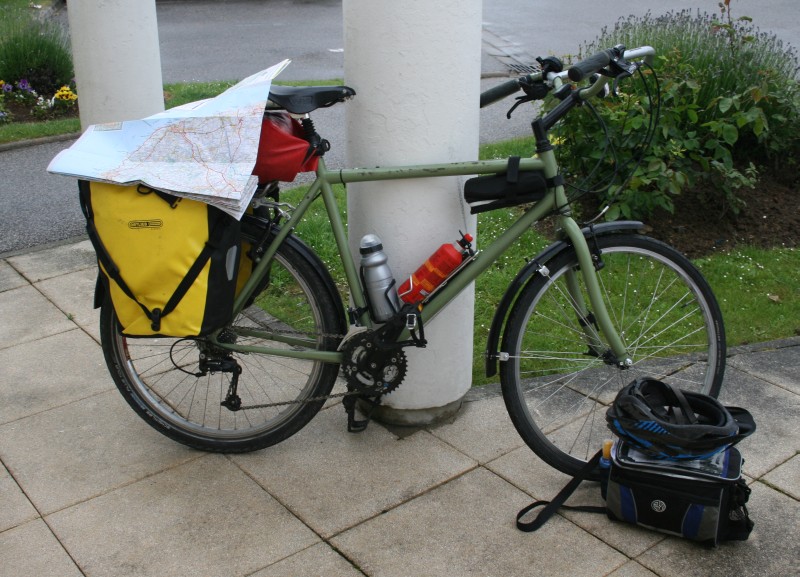
Next Morning, Outside the Hotel in Calais
The first day was a long and relentlessly rainy one. I left Calais to the west. In the countryside outside Calais, a scruffy pedestrian flagged me down. "Parlez vous Anglais?" I asked. He stared at me. "Parlez vous Francais?" I asked. He continued to stare, then said "Praha". Praha is the local name for Prague. I replied "Praha? Czech?". He nodded. I pointed east. "It's that way, mate". He nodded and resumed walking. I wish I knew how that story ends.
At a village outside Calais I had an experience designed to remind me that I was in France. A guy offered to give me directions and asked for my map. He was looking at the wrong page, so I tried to show him where we were. He snapped: "Don't tell me where we are! This is my country!" He did advise me to skip the busy coast road, though, which was probably a good idea. I used back roads to trundle down to Boulogne-sur-Mer.
Outside BSM, I stopped at Napolean's Column of the Grande Armée, which is a 53m high memorial based on Trajan's Column. Apparently, on a good day you can see England from the top, but in these conditions I could barely see the top from directly underneath. From there I swung inland to the old walled town of Montreuil.
Between the rain and the endless rolling hills, it took a lot longer to get there than I expected, and I hadn't booked at the camping ground. When I arrived, they were full up but I summoned all my French skills and the manager eventually relented and let me pitch my tent on a little corner of grass.
When you think about it, it's a lot like the nativity.
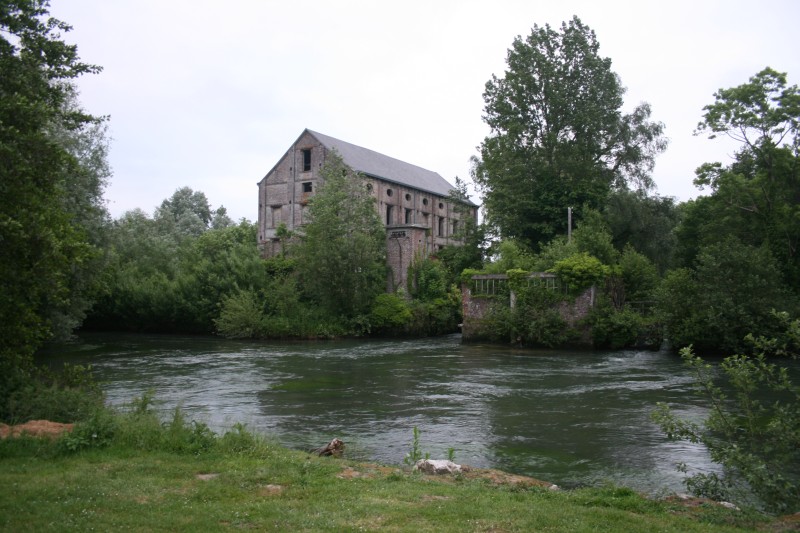
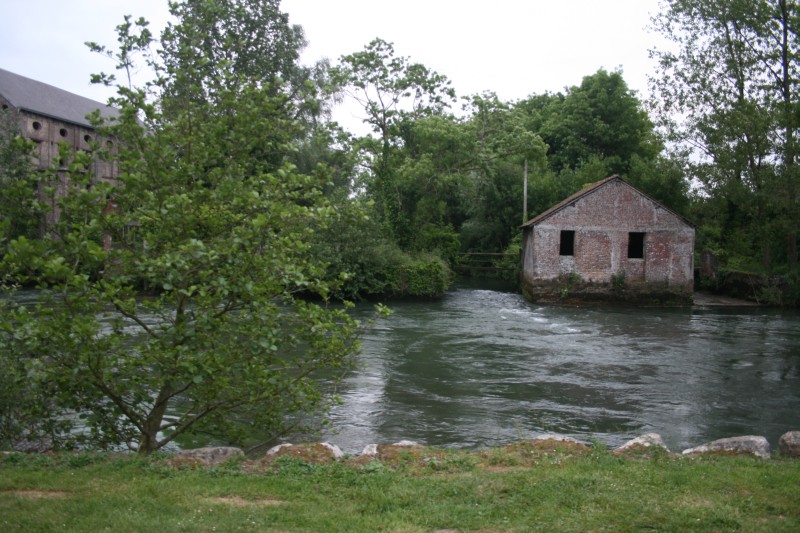
View from the Camping Ground
You can see why the town is a draw for kayakers.

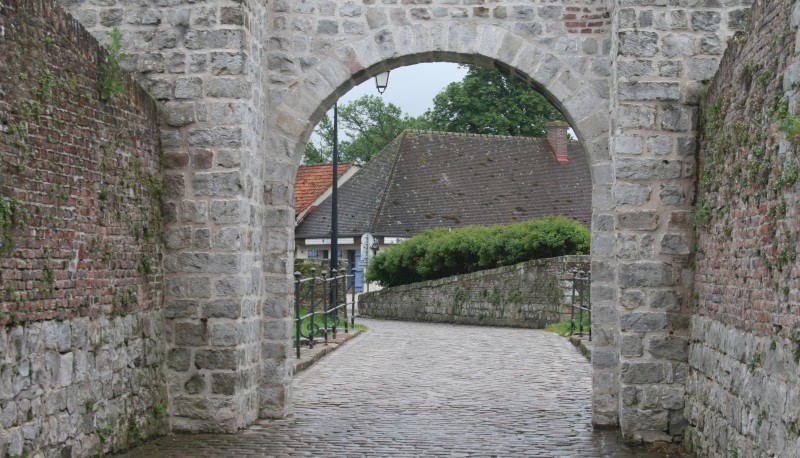
Old Buildings in the Walled Town of Montreuil
From there I rolled south, past Valloires Abbey, to Crécy. Along the way I moved from the Pas de Calais region into the Somme.
The Battle of Crécy is overshadowed by the later Battle of Agincourt, but Crécy was the template that Henry V followed, whereby a small, outnumbered force of English archers rained arrows down on the heavily-armoured French horse and won a decisive victory.
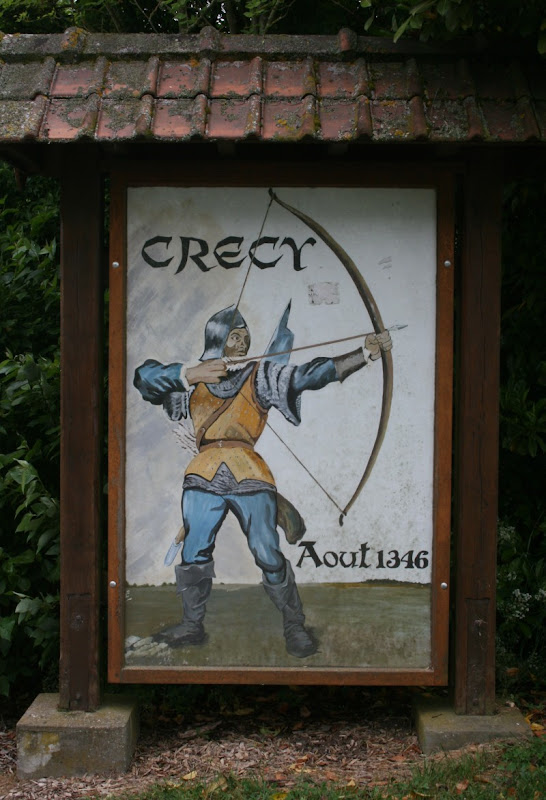

This is the field where the battle took place. Phillip of France's mounted troops were about where that brown strip is. The English bowmen, under the Black Prince, were positioned this side of the large tree.


The Viewing Tower
I went to the public toilet over the road, where there was a urinal on the back wall. I looked at it and noticed that there was no pipe connecting the urinal to the drain in the ground. I assumed that was just a quirky design feature, but it quickly became apparent that a vital piece of the plumbing was missing. Long story short: much like Edward III, I pissed all over France at Crécy.
From there I headed east to the pretty town of Auxi-le-Chateau. I knew there was a camping ground, but I couldn't find any sign of it. I rode round and round the town, and eventually asked a kid standing on a driveway where the camp ground was. He said he didn't know. I then looked above him and saw that the sign he was standing under said "Camping Municipal". Stupid kid.

